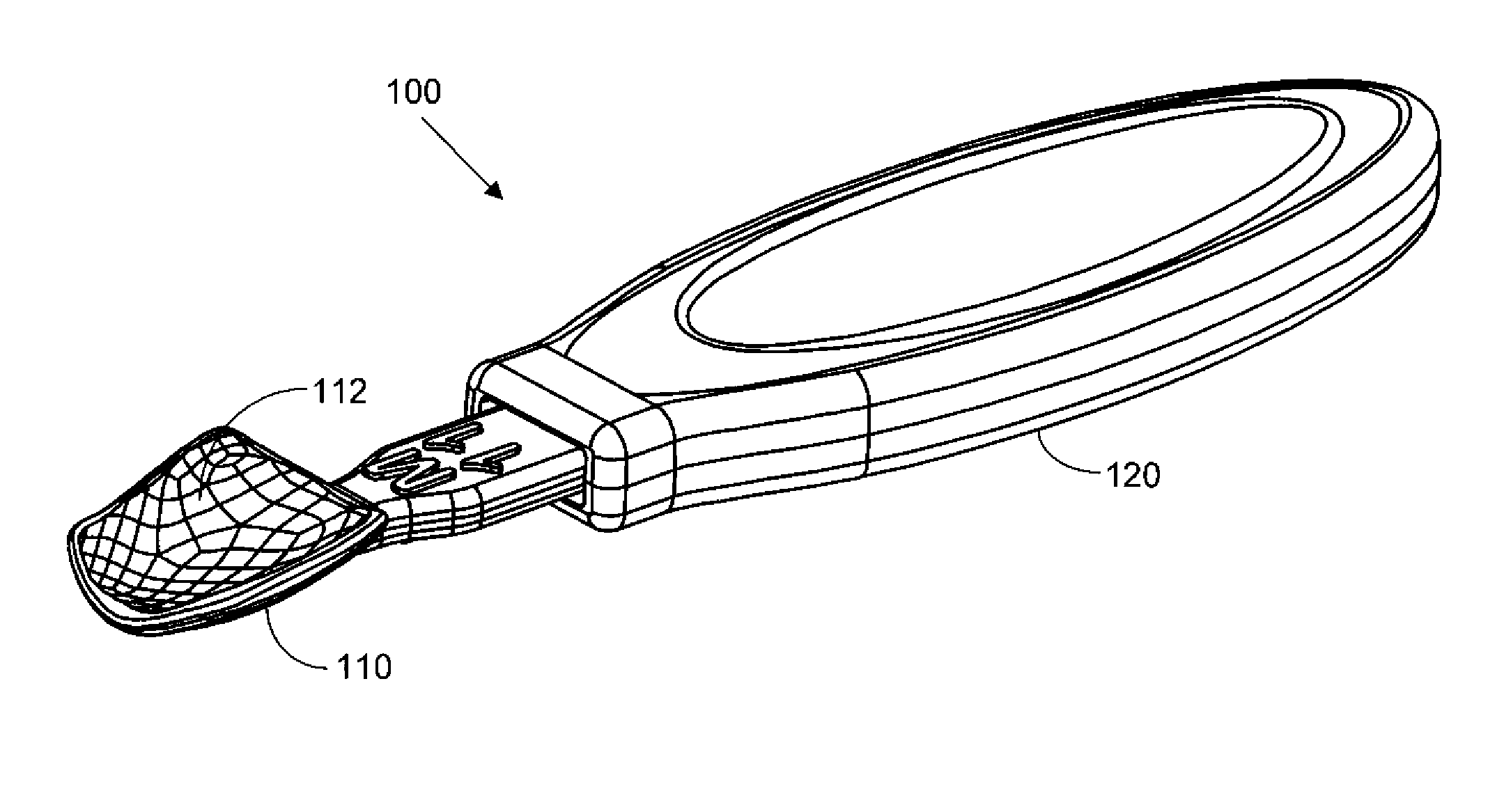Method and apparatus for preparing contoured glazed composite dental veneers
a composite and contouring technology, applied in the field of cosmetic dentistry, can solve the problems of most challenging and difficult to create precise tooth contours
- Summary
- Abstract
- Description
- Claims
- Application Information
AI Technical Summary
Benefits of technology
Problems solved by technology
Method used
Image
Examples
Embodiment Construction
[0024]Embodiments provide a dental method, apparatus, and kit for creating direct composite veneers.
[0025]Embodiments of the kits disclosed herein consist of sets of templates for creating desired final shapes of composite veneers.
[0026]The desired final shapes are chosen by a method of aesthetic smile analysis, such as the golden proportions theory of Levin (J. Prosthet. Dent. 1978 September; 40(3):244-52); the golden percentage of Snow (J. Esthet. Dent. 1999; 11(4):177-84); the Preston proportion (J. D. Preston, “The Golden Proportion revisited,”Journal Esthet. Dent. 1993; 5:247-51), or “Recurring Esthetic Dental (RED) proportion” (D. H. Ward, J. Esthet. Reston. Dent. 2007; 19(6):324-37; discussion 338-39). The disclosures of each of these documents are incorporated in their entirety as if fully set forth herein.
[0027]In other embodiments, the desired final shapes may be chosen based on average measured natural tooth surface geometry (including width, length, and curvature) in a p...
PUM
 Login to View More
Login to View More Abstract
Description
Claims
Application Information
 Login to View More
Login to View More - R&D
- Intellectual Property
- Life Sciences
- Materials
- Tech Scout
- Unparalleled Data Quality
- Higher Quality Content
- 60% Fewer Hallucinations
Browse by: Latest US Patents, China's latest patents, Technical Efficacy Thesaurus, Application Domain, Technology Topic, Popular Technical Reports.
© 2025 PatSnap. All rights reserved.Legal|Privacy policy|Modern Slavery Act Transparency Statement|Sitemap|About US| Contact US: help@patsnap.com



